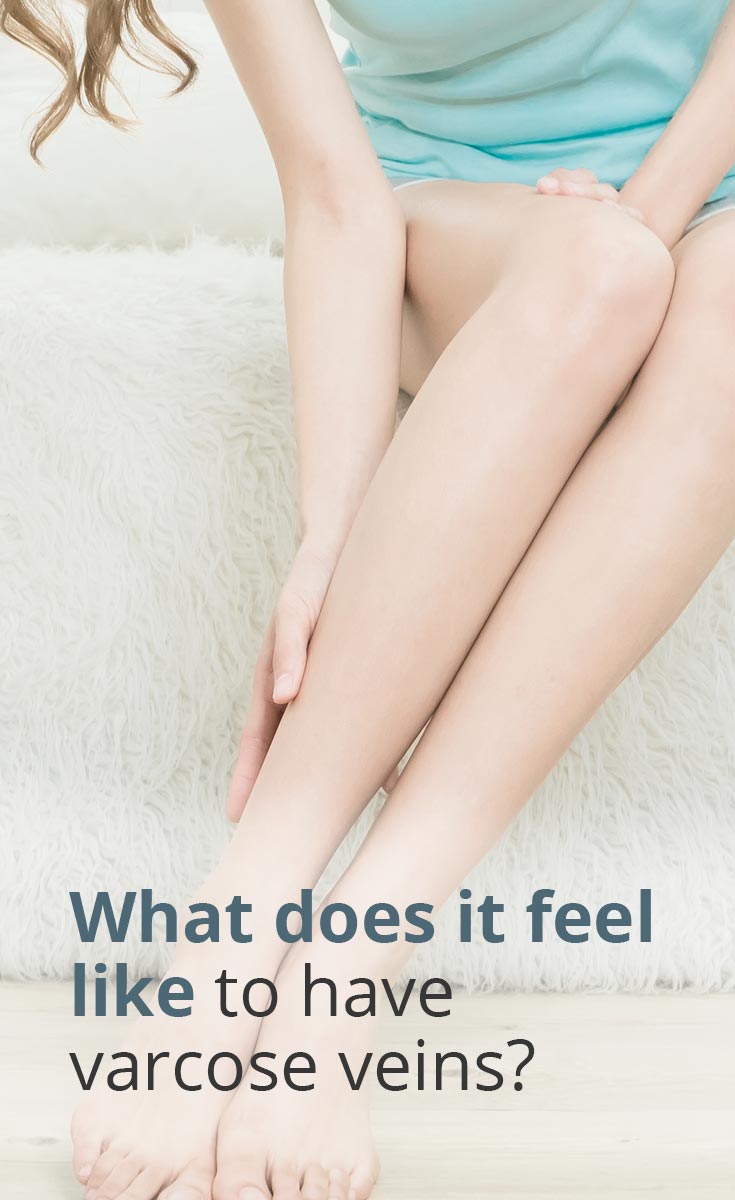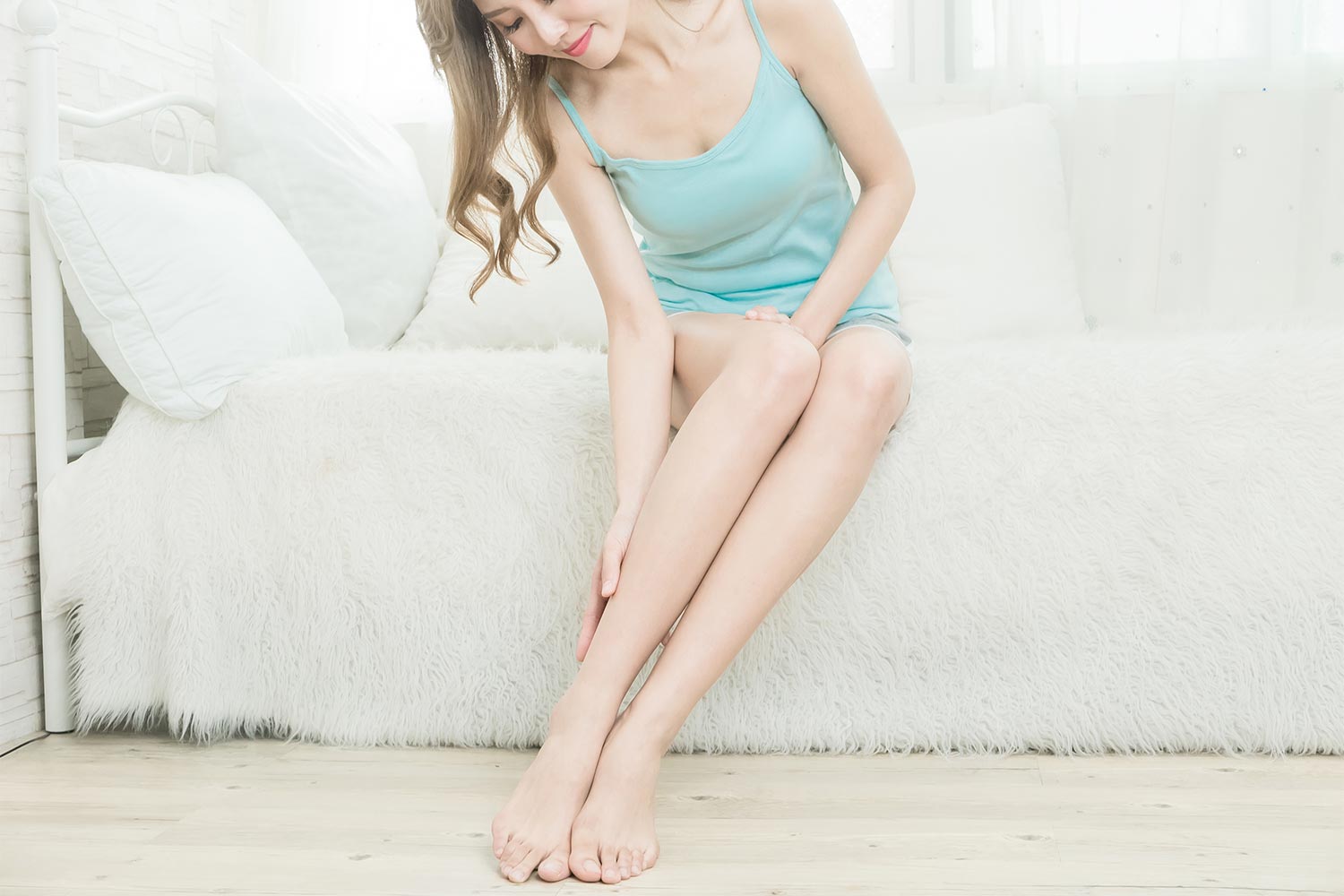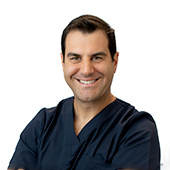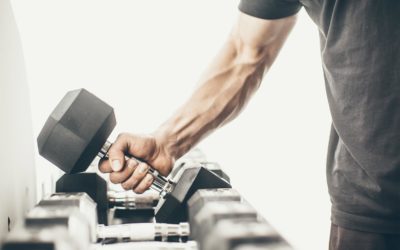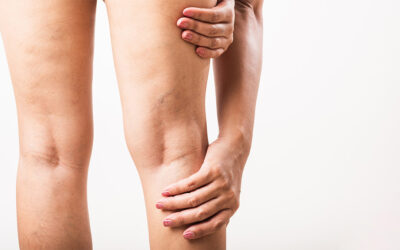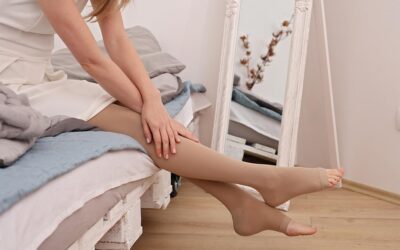Aging, a lack of mobility, obesity, and previous leg injuries are all predisposing factors which can lead to swollen and enlarged veins, also known as varicose veins. If you’ve never been assessed, you may wonder what it feels like to have varicose veins? Read on to find out the answer to this question and more about the condition.
What’s happening inside varicose veins?
Veins in charge of carrying blood from your legs up towards the heart and lungs, for oxygenation and re-circulation, fight gravity to get their job done. Inside the veins are valves that open and close to ensure that blood moves upward, in one direction only. In people with varicose veins, the valves that keep blood from moving backwards may weaken or get damaged. The pressure in that section of the vein builds up as the blood accumulates, making ropy, twisted, protruding veins appear on the surface of the skin.
Symptoms of varicose veins
For some people, varicose veins are not painful, nor do they cause any aches on your legs. But for the vast majority of people with varicose veins, they report experiencing significant discomfort and symptoms.
Visual Symptoms
- Large protruding or twisted veins on the surface of your skin
- Veins that are blue or dark purple in colour, particularly on the lower limbs
What It Feels Like
- Cramping muscles, swelling or a burning sensation
- Aching in your lower legs
- Pain after standing or sitting for prolonged periods of time
- Itching and throbbing on protruding veins
- Change in skin colour around the affected veins
What treatments are available?
Severe cases of varicose veins call for specialised medical care and treatment. Common treatments include:
VenaSeal
The VenaSeal procedure involves the placement of a very small amount of VenaSeal medical glue into the vein through a small catheter. Once the affected vein is closed, blood is immediately re-routed through other healthy veins in the leg. Over the following weeks, the sealed vein heals and is absorbed into the body.
Endovenous Laser Ablation
A catheter is inserted inside an enlarged vein through a tiny incision. The catheter works by using laser energy, and the heated tip prompts the vein to collapse and seal itself. This treatment has been found to produce the best results when a patient has larger varicose veins.
Sclerotherapy
This entails the injection of a special foam or solution that is aimed at closing or sealing medium or smaller sized varicose veins. It requires experience and care on the doctor’s part to render sclerotherapy effective. There are two types your phlebologist may consider: ultrasound guided sclerotherapy and direct vision sclerotherapy.
Radiofrequency Ablation
Radiofrequency ablation applies heat based (thermal) damage to the vein, causing it to close immediately. Once the vein has been treated, it gradually undergoes complete absorption by the body and will disappear over time.
All the above procedures can be performed on an outpatient basis. Generally, the processes are minimally invasive, and the healing time is shorter than a vein stripping operation.
High ligation and vein stripping
Here, the doctor ties the vein at the point where it meets a larger, deeper vein and makes an incision to cut it off. This operation requires general anaesthetic and usually a hospital stay, and more recently has been linked to recurrence of varicose veins. These days there are many state-of-the-art treatments, like those above, that can be performed in a clinic in as little as an hour.
What can you do?
Simple yet effective measures such as elevating the legs, exercising or wearing compression stockings have helped alleviate the symptoms of varicose veins. However, varicose veins don’t heal by themselves – medical intervention is required.
Key takeaways
- The latest in the treatment of varicose veins available from our phlebologist include VenaSeal (medical adhesive), endovenous laser ablation (EVLA), ultrasound guided sclerotherapy, and radiofrequency ablation.
